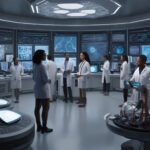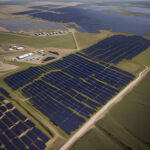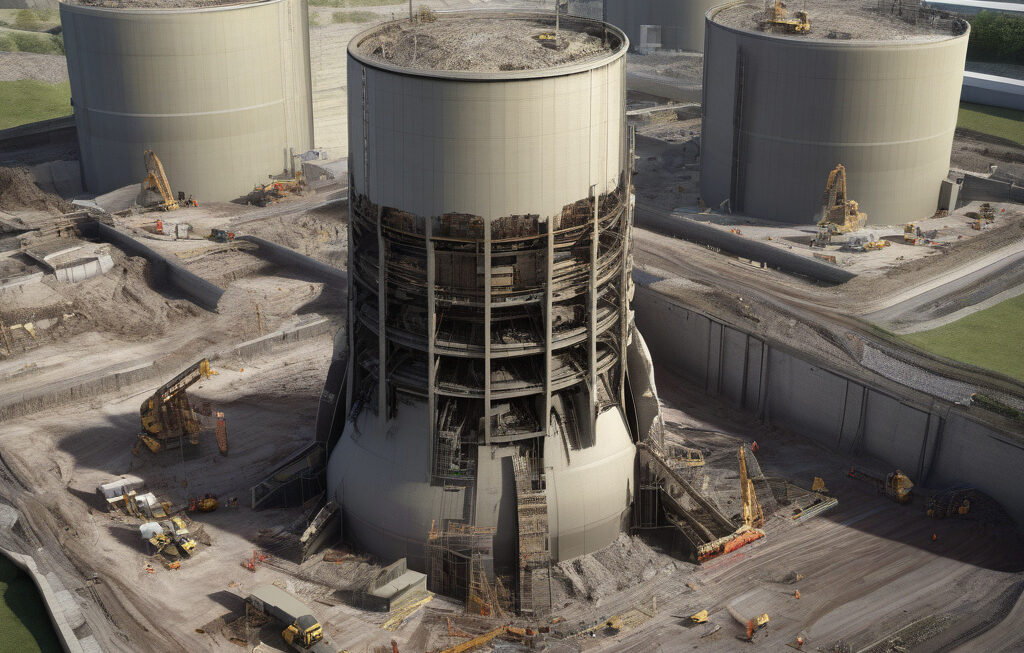Next-Gen Nuclear Reactors in US to Get More Efficient with Idaho’s New Test Bed
As the U.S. works to meet growing energy demands and reassert its position as an energy leader, the focus on next-generation nuclear reactors has never been more critical. With the push for cleaner and more efficient energy sources, Idaho is stepping up to the plate by establishing a cutting-edge test bed for these innovative reactors.
The Idaho National Laboratory (INL) recently announced the creation of the National Reactor Innovation Center (NRIC), a collaborative initiative aimed at accelerating the development and deployment of advanced nuclear energy technologies. This state-of-the-art facility will provide private companies, research institutions, and government agencies with the resources and expertise needed to test and refine next-gen nuclear reactor designs.
One of the key advantages of the NRIC is its ability to simulate real-world conditions in a controlled environment. This allows researchers to gather valuable data on the performance and safety of new reactor technologies without the need for costly and time-consuming field tests. By leveraging advanced modeling and simulation tools, scientists can predict how these reactors will behave under various scenarios, leading to faster innovation and commercialization.
Furthermore, the NRIC will serve as a hub for collaboration between industry and academia, fostering partnerships that can drive the development of groundbreaking technologies. By bringing together experts from different fields, the center aims to spark new ideas and approaches that can address the challenges facing the nuclear industry and pave the way for a more sustainable energy future.
One of the most promising advancements in next-gen nuclear reactors is the use of advanced fuels and materials that can significantly improve efficiency and safety. For example, high-assay low-enriched uranium (HALEU) fuel offers a more potent and sustainable energy source than traditional low-enriched uranium, allowing reactors to operate at higher temperatures and produce more power with less waste.
In addition to fuel innovations, new reactor designs such as molten salt reactors and high-temperature gas-cooled reactors promise to revolutionize the way we generate nuclear power. These reactors offer inherent safety features, reduced construction costs, and increased flexibility, making them attractive options for meeting the energy needs of the 21st century.
By providing a dedicated test bed for these cutting-edge technologies, Idaho’s NRIC is poised to play a crucial role in advancing the field of nuclear energy and driving the commercialization of next-gen reactors. With the support of government funding and private investment, the center has the potential to accelerate the timeline for deploying these innovative solutions and establishing the U.S. as a global leader in advanced nuclear technologies.
In conclusion, the establishment of Idaho’s National Reactor Innovation Center marks a significant milestone in the development of next-gen nuclear reactors in the U.S. By creating a collaborative environment for testing and refining advanced technologies, the center is poised to unlock new possibilities for cleaner, safer, and more efficient nuclear energy. As the demand for carbon-free power sources continues to grow, initiatives like the NRIC will be instrumental in shaping the future of energy generation and ensuring a sustainable world for generations to come.
nuclear, reactors, innovation, Idaho, energy












